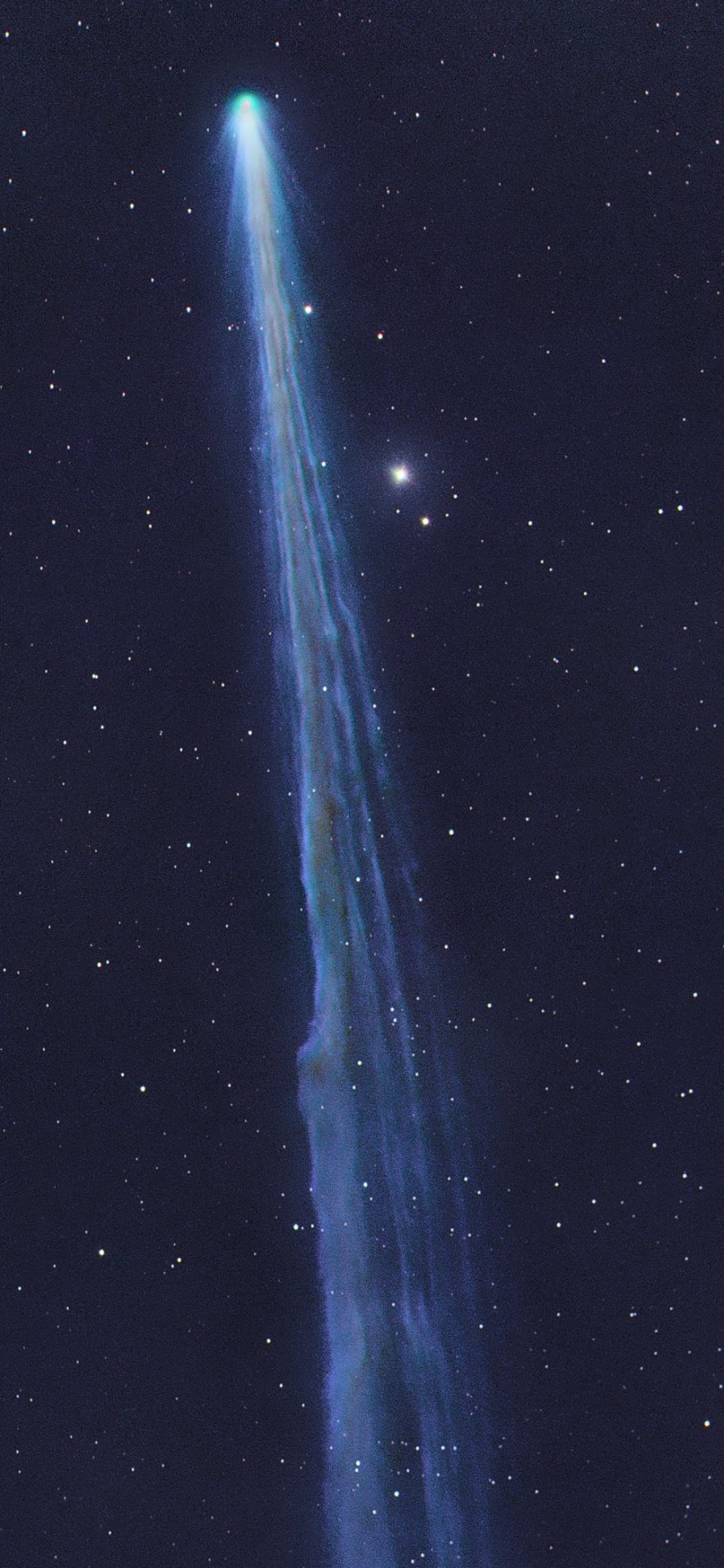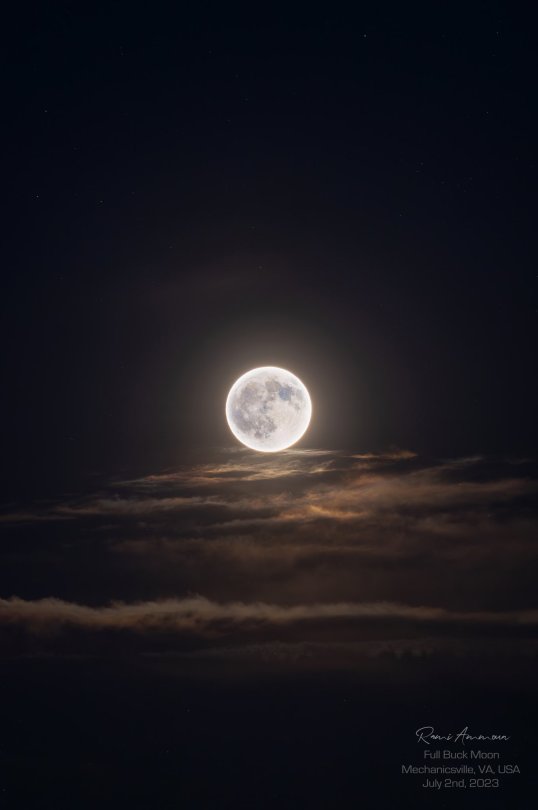
★•Astronomy, Physics, and Aerospace•★ Original and Reblogged Content curated by a NASA Solar System Ambassador
204 posts
Latest Posts by ad-astra-affecte-spe - Page 6

The glittering globular cluster Terzan 12 — a vast, tightly bound collection of stars — fills the frame of this image from the NASA/ESA Hubble Space Telescope. This star-studded stellar census comes from a string of observations that aim to systematically explore globular clusters located towards the centre of our galaxy, such as this one in the constellation Sagittarius. The locations of these globular clusters — deep in the Milky Way galaxy — mean that they are shrouded in gas and dust, which can block or alter the wavelengths of starlight emanating from the clusters.
Here, astronomers were able to sidestep the effect of gas and dust by comparing the new observations made with the razor-sharp vision of Hubble's Advanced Camera for Surveys and Wide-Field Camera 3 with pre-existing images. Their observations should shed light on the relation between age and composition in the Milky Way’s innermost globular clusters.
[Image Description: The frame is completely filled with bright stars, ranging from tiny dots to large, shining stars with prominent spikes. In the lower-right the stars come together in the core of the star cluster, making the brightest and densest area of the image. The background varies from darker and warmer in colour, to brighter and paler where there are more stars.]Credit:
ESA/Hubble & NASA, R. Cohen (Rutgers University)






A solar eclipse seen from space.


With giant storms, powerful winds, auroras, and extreme temperature and pressure conditions, Jupiter has a lot going on. Now, NASA’s James Webb Space Telescope has captured new images of the planet. Webb’s Jupiter observations will give scientists even more clues to Jupiter’s inner life.
Credit: NASA, ESA, CSA, Jupiter ERS Team; image processing by Judy Schmidt. Read more

shit man this got me emotional
this morning NASA abandoned their mars rover Opportunity (aka Oppy) because it (she) got hit by a storm on Mars and it knocked her camera and wheels out and her last words to the team were “my battery is low and it is getting cold”. I know she’s a machine but I’m devastated. Oppy is the one who discovered water on Mars. RIP oppy ily space baby

Titan's high-level haze taken by Cassini on October 12, 2010.
Image credit: NASA/JPL/Space Science Institute. Edited by J. Major.



Mars painting by Herb Herrick for an article about terraforming in World Book Science Annual 1975. Consultant: Carl Sagan. The first painting (top) is followed by two clear plastic overlays of the skies and rain and finally plant life.
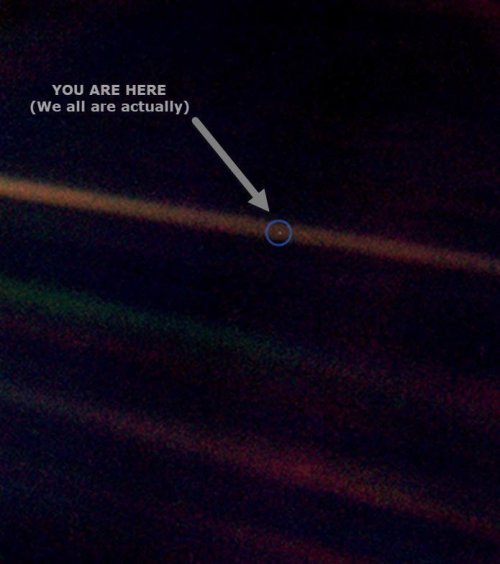
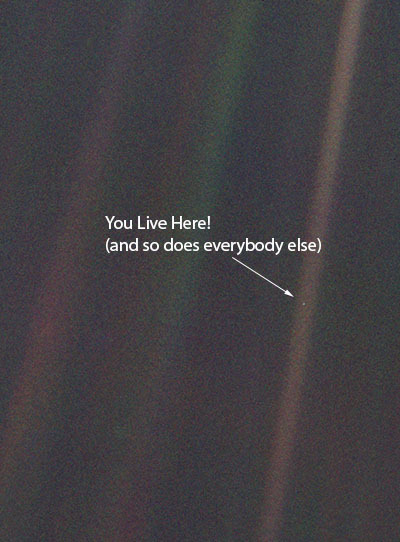




cancel your plans we’re thinking about the pale blue dot voyager pic tonight

The monsters that live on the Sun are not like us. They are larger than the Earth and made of gas hotter than in any teapot. They have no eyes, but at times, many tentacles. They float. Usually, they slowly change shape and just fade back onto the Sun over about a month. Sometimes, though, they suddenly explode and unleash energetic particles into the Solar System that can attack the Earth. Pictured is a huge solar prominence imaged almost two weeks ago in the light of hydrogen. Captured by a small telescope in Gilbert, Arizona, USA, the monsteresque plume of gas was held aloft by the ever-present but ever-changing magnetic field near the surface of the Sun. Our active Sun continues to show an unusually high number of prominences, filaments, sunspots, and large active regions as solar maximum approaches in 2025.

The Milky Way in the direction of Vulpecula and Cygnus // AC1000
Hey. Why isn’t the moon landing a national holiday in the US. Isn’t that fucked up? Does anyone else think that’s absurd?

Orbital path of asteroid near miss in 2002. Yah, that’s how close we came to nuclear winter and possible total destruction.

Laika: 1954-1957
Opportunity Rover: 2004-2019

A stellar exodus was caught in action! Astronomers used the Hubble Space Telescope to watch the white dwarf exodus in the globular star cluster 47 Tucanae, a dense swarm of hundreds of thousands of stars in our Milky Way galaxy. Hubble took snapshots of fledgling white dwarf stars beginning their slow-paced, 40-million-year migration from the crowded center of an ancient star cluster to the less populated suburbs. By observing ultraviolet light, astronomers examined 3,000 white dwarfs, tracing two populations with diverse ages and orbits. One grouping was 6 million years old and had just begun their journey. Another was around 100 million years old and had already arrived at its new homestead far from the center, roughly 1.5 light-years, or nearly 9 trillion miles (14 trillion kilometers), away. The cluster resides 14,500 light-years away in the southern constellation Tucana. Credit: NASA, ESA, and H. Richer and J. Heyl (University of British Columbia, Vancouver, Canada). ALT TEXT: Thousands of stars, seen as tiny dots, are shown on a black background. The stars vary in size and color, including orange, yellow, and white.

NASA's Juno spacecraft captured this look of high altitude haze forming above cyclones. At the time the image was taken, Juno was about 5,095 miles above Jupiter’s cloud tops 🛰

Moon, Jupiter and its satellites
l Josselin Desmars l France l June 14, 2023



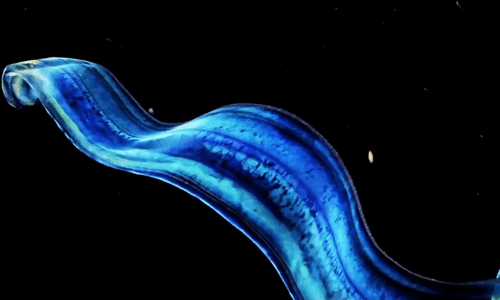




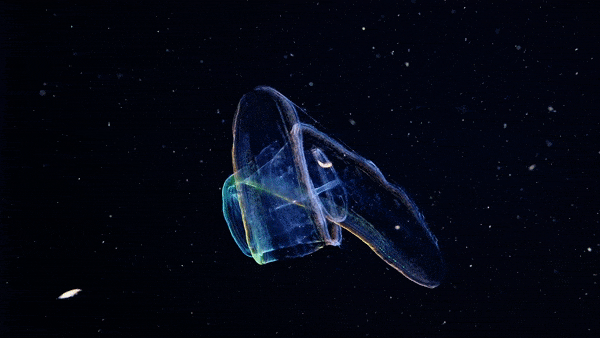
The Venus girdle (Cestum veneris) is a comb jelly in the family Cestidae. The colorless species are transparent when suspended in water, except for their iridescent rows of comb plates. In other words, they majestic as fuck. Love to sea it 🌊

